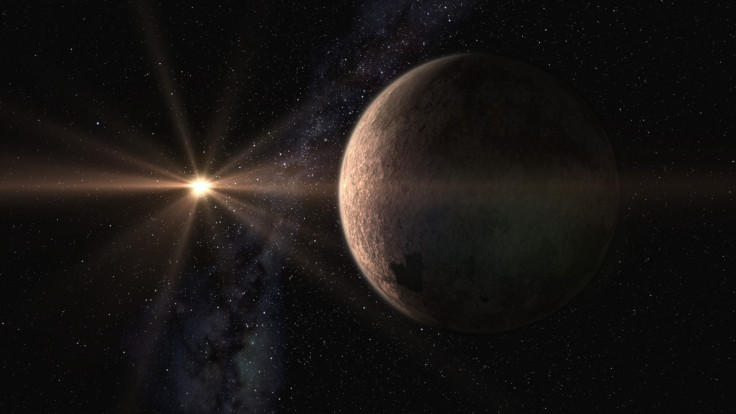New potentially habitable 'super-Earth' orbiting star 21 light years away has just been spotted
The newly discovered planetary body is the lightest exoplanet found orbiting an M-dwarf star.

Astronomers have found a new "super-Earth" circling an M-dwarf star, and it could be habitable. The dwarf star, designated as GJ 625, is around 21 light years away from our solar system and is around 1/3<sup>rd the size and mass of the Sun.
Super-Earths are a kind of exoplanet with a greater mass than the Earth, but not exceeding the mass of ice giants such as Neptune or Uranus. Although the term "super-Earth" is generally used to refer to the mass of the planetary body, scientists also use the term to describe planets that are visually larger than Earth.
The discovery was made by a team of astronomers led by Alejandro Suarez Mascareño of the Canary Islands Institute of Astrophysics. The scientists studied the dwarf star for over 3 years.
The astronomers said that the super-Earth was found orbiting "at the inner edge of the habitable zone of the star."
"As GJ 625 is a relatively cool star the planet is situated at the edge of its habitability zone, in which liquid water can exist on its surface," Mascareño said in a statement. "In fact, depending on the cloud cover of its atmosphere and on its rotation, it could potentially be habitable."
Stars like the one the newly discovered super-Earth was found circling, are often prime areas for researchers searching for alien Earth-like planets. This is because low mass rocky planets are more likely to be found around dwarf stars. However, discovering such planetary bodies can be challenging as the signals emitted by such stars can often mimic those of a planetary body.
The super-Earth was designated as GJ 625 b. The exoplanet has a minimum mass of 2.8 Earth masses and is the lightest ever exoplanet found orbiting an M-dwarf star, which is the star's spectral designation. The exoplanet orbits the star every 14.6 days at a relatively close distance.
© Copyright IBTimes 2025. All rights reserved.






















